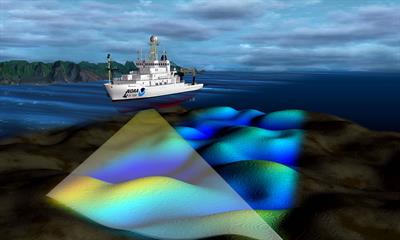PDF chapter test TRY NOW
Let us do an activity to understand Archimedes principle,
- To make a spring balance, tie a piece of stone to one end of a string or a spring balance.
- Hold the balance's hook or the string to hang the stone.
- Due to the weight of the stone, the string will elongate, or the measurement on the spring balance will change.
- Slowly submerge the stone in a container of water.
When the stone or weight is gradually lowered in the water, the elongation of the string or the spring balance reading decreases. However, when the stone is fully immersed in the water, there will be no further changes.
What do you understand from the decrease in the extension of the string or the reading of the spring balance?
We know that the weight of the stone causes the elongation or extension in the string or spring balance. Because the stone's extension decreases as it becomes immersed in water, some upward force is exerted on it. As a result, the string's net force decreases, and its elongation decreases as well. The force of buoyancy, as previously mentioned, is the upward force exerted by water.
What is the measure of the buoyant force experienced by a body? Is it the same in all the fluids for a particular body? Do all bodies in a given fluid experience the same buoyant force?
The answer to these questions is contained in Archimedes’ principle, stated as follows:
When a body is fully or partially submerged in a fluid, it is subjected to an upward force equal to the weight of the fluid it is displacing.
When a body is immersed fully or partially in a fluid, it experiences an upward force equal to the weight of the fluid displaced by it.
Archimedes’ principle has a lot of applications in real life. It is used in designing ships, aeroplanes and submarines. Lactometers and hydrometers used to determine the purity of a sample of milk and the density of liquids, respectively, work on the Archimedes principle.


Archimede's principle in the design of ships
After noticing that the water in a bathtub overflowed when he stepped into it, Archimedes, a Greek scientist, discovered the principle. He rushed through the streets, exclaiming, "Eureka!" which means "I have got it!"
With this knowledge, he is able to determine the purity of the gold in the king's crown. He became well-known for his contributions to the fields of Mechanics and Geometry. His knowledge of levers, pulleys, wheels, and axles aided the Greek army against the Romans.
